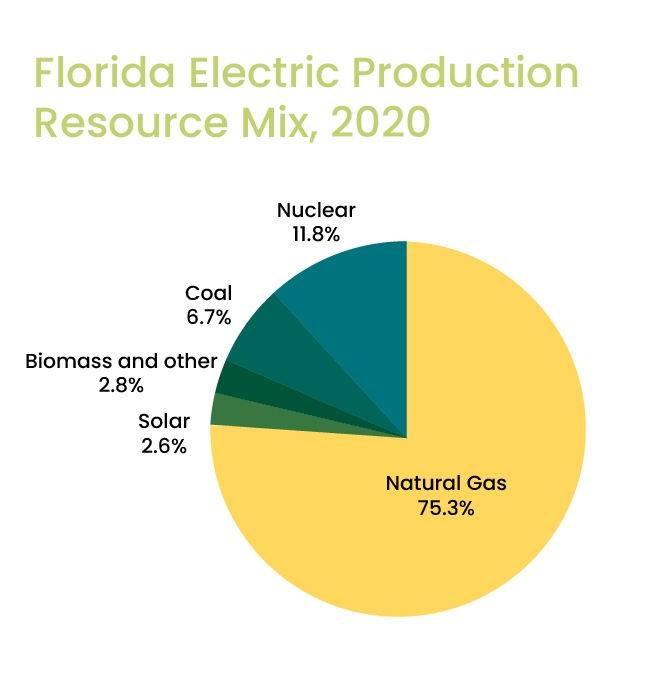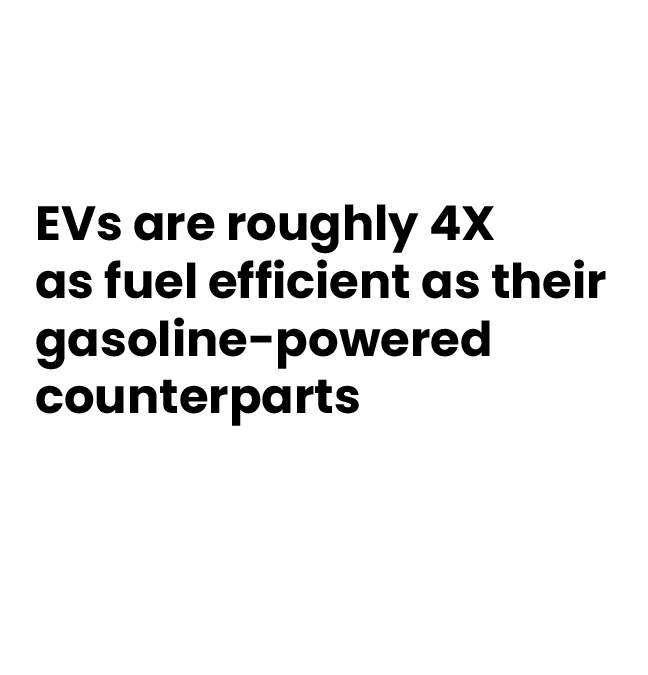Electric
Electricity is one of the more widely known alternative fuels. It can power cars, trucks, buses and maybe one day airplanes. Vehicles typically operate off energy from the electric grid which is stored in a battery.
Watch our webinars: Getting Charged on EVs - Local EV Drivers, Local EV Dealer Perspectives, RECHARGE! Fleet Electrification Update, Energize Your Fleet, Electric Vehicle Charging Basics and Working with Utilities
Electric vehicles (EVs), including battery electric vehicles (BEVs), plug-in hybrid electric vehicles (PHEVs), and hybrid electric vehicles (HEVs) rely fully or partially on electric motors. EVs pull electricity from the grid and store it onboard in batteries, but can also harness energy through regenerative braking. While BEVs are powered exclusively by electricity, PHEVs supplement electric power with liquid fuel (typically gas or diesel) in an internal combustion engine (ICE). PHEVs include batteries that are periodically charged like BEVs. HEVs are similar to PHEVs, but do not require periodic battery charging.
Both BEVs and PHEVs operating in battery-mode produce zero tailpipe emissions. There are, however, emissions associated with the production of electricity. Electricity is produced from primary energy sources, including coal, natural gas, and nuclear materials, and renewable resources like wind, solar, and hydropower. Most electricity is generated by natural gas, nuclear and coal with renewable energy sources generating roughly 5% of electricity consumed in Florida in 2020.
Powering an EV from renewable sources reduces a vehicle’s life cycle emissions. However, even when derived from fossil fuels, electric vehicle operation yields 53% fewer emissions than traditional gasoline vehicles, since electric motors are over three times more efficient than internal combustion engines.
Today BEVs often have shorter driving ranges, averaging around 260 miles compared to over 400 miles for gasoline vehicles. PHEVs provide an all-electric drive range of 15-50 miles, supplemented by liquid fuel.
Battery charging times vary, with Level 1 chargers taking 40-50 hours for a full BEV charge, while Level 2 chargers can complete a BEV charge in 4-10 hours. Direct Current Fast Charging (DCFC) stations offer rapid charging, capable of charging a BEV to 80% in just 20 minutes to 1 hour. The United States has over 60,000 publicly available charging stations, with approximately 200 across North Florida. The public charging infrastructure is expanding rapidly to meet the growing demand for EVs, especially as their costs decrease.
Initial costs for PHEVs and BEVs are higher than gasoline or diesel vehicles. Incentives, such as tax credits, aim to alleviate this burden, with the Inflation Reduction Act of 2022 offering consumers up to $7,500 for new EV purchases and up to $4,000 for used EVs bought in 2023 or later. Market analysis indicates that despite the higher upfront cost, EVs offer reduced operating costs and substantial fuel savings, potentially saving drivers up to $14,500 on fuel costs over 15 years.
Visit our partner JEA to learn more about charging, rebates and EVs available.
Learn more about incentives and electric vehicles.










EV Batteries
EV battery technologies continue to evolve. Federal regulations require EV battery warranties to be at least eight years or 100,000 miles. Some manufactures have more extensive warranties. Check out recent developments below and watch this space for updates.
Electrifying Your Fleet Webinars
Electric Utility Power Generation and Incentives
Learn how power is generated and what incentives are provided by utilities in our region.
